Redefining Business Strategy Leveraging the Planetary Boundaries Framework for Sustainability
- Posted by admin
- On February 12, 2025
- 0 Comments
- Corporate sustainability strategy, ESG disclosures, Global Reporting Initiative (GRI), Sustainability reporting frameworks
Amid the fast pace of global industries and modern economies, the planet’s ability to cope with human impact is nearing its limits. In the context of accounting firms, discussions around sustainability often focus on compliance, financial reporting, and environmental regulations. Yet, there’s a broader conversation that business leaders need to engage with: the Planetary Boundaries Framework.
This framework offers a science-based approach for businesses to operate within the Earth’s safe ecological limits, ensuring both environmental resilience and long-term business sustainability. By understanding these boundaries, companies—especially in sectors like accounting and finance—can become sustainability leaders, safeguarding both their profits and the planet.
What Are Planetary Boundaries and Why Should Businesses Care?
The Planetary Boundaries Framework, introduced by Johan Rockström and his scientific team in 2009, identifies nine crucial environmental thresholds. These thresholds act as “guardrails” that define a safe operating space for humanity. Crossing them could trigger irreversible environmental damage. In September 2023, scientists quantified all nine boundaries for the first time, revealing that six have already been exceeded. Since these boundaries are interconnected, breaching one heightens the risk of crossing others, leading to severe environmental consequences. The Potsdam Institute for Climate Impact Research has been producing an annual “Planetary Health Check” since September 2024 to track these boundaries and their implications for civilization.
While this may seem abstract, the business case is clear: exceeding these boundaries threatens economic stability, causes environmental disasters, and disrupts global supply chains. The framework is not just about environmental responsibility; it’s about risk management, corporate governance, and securing the future of operations. Understanding planetary boundaries can drive sustainable growth, ensuring resource availability, avoiding regulatory penalties, and maintaining market trust.
Breaking Down the Nine Planetary Boundaries for Businesses

1. Climate Change
This boundary focuses on greenhouse gas concentrations, especially CO2 and methane. For businesses, reducing emissions, adopting carbon-neutral strategies, and investing in renewable energy can mitigate risks from climate change, like rising energy costs and insurance premiums.
2. Biodiversity Loss
Biodiversity supports essential ecosystem services such as food and water supply. The current rate of species extinction threatens global supply chains, particularly in sectors like agriculture, pharmaceuticals, and cosmetics. Businesses are focusing on sustainable sourcing and nature-based solutions to protect biodiversity.
3. Biogeochemical Flows
This boundary covers nitrogen and phosphorus cycles, critical for agriculture. Overuse of fertilizers disrupts these cycles, leading to polluted waterways. Sustainable agricultural practices are crucial for businesses in food production to enhance resilience and reduce environmental damage.
4. Ocean Acidification
Rising CO2 levels are making oceans more acidic, threatening industries reliant on marine ecosystems, like fisheries and tourism. Businesses can reduce emissions and support marine conservation efforts to protect these ecosystems.
5. Freshwater Use
Water scarcity is a growing business risk, especially for industries like manufacturing and agriculture. Companies investing in water-efficient technologies and practices will secure resources and avoid potential operational disruptions.
6. Land-System Change
Deforestation and urbanization are pushing ecosystems to the brink. Companies involved in real estate, construction, or agriculture must adopt sustainable land-use practices, such as reforestation and ecosystem restoration, to mitigate these risks.
7. Atmospheric Aerosol Loading
Aerosols, or particulate matter in the atmosphere, impact both climate and human health. Businesses, particularly in manufacturing, should reduce emissions by adopting cleaner technologies and greener supply chains.
8. Ozone Depletion
Although the ozone layer is recovering thanks to efforts like the Montreal Protocol, industries such as refrigeration and aerosol production must continue using ozone-friendly technologies.
9. Novel Entities
This boundary includes synthetic chemicals and plastics with unknown long-term impacts. Businesses can embrace circular economy models by reducing waste and recycling materials, responding to consumer demand for eco-friendly products.
The Business Impact of Crossing Planetary Boundaries
Exceeding planetary boundaries poses significant risks beyond environmental damage. It disrupts supply chains, causes reputational harm, and can lead to sudden regulatory changes. Companies that ignore these limits may face drought-related supply chain disruptions, unsustainable practices backlash, or new regulations imposed in response to environmental crises.
Investors are increasingly incorporating planetary boundaries into their decision-making processes. ESG (Environmental, Social, and Governance) metrics are becoming more prominent, and companies that don’t align with planetary limits risk exclusion from investment portfolios. By embedding sustainability into business strategies, companies can attract responsible investors, reduce risks, and improve long-term profitability.
Why Businesses Must Act Now
Waiting for market forces or regulations to demand change can be costly. Businesses that proactively align with planetary boundaries will gain a competitive edge. The accounting industry, in particular, has a pivotal role to play. By helping clients with sustainable reporting frameworks, offering services to measure environmental impacts, and promoting ESG transparency, accounting firms can lead the way in the sustainability transformation.
The urgency is increasing—climate change is accelerating, biodiversity is disappearing, and freshwater is depleting. While governments and international bodies work on global solutions, businesses can lead by example, setting the pace for a sustainable economy that respects Earth’s limits.
Solutions for Businesses: Operating Within Planetary Boundaries
Businesses already have the tools to address these challenges. Here’s how they can take action:
- Integrate ESG into Business Strategy: Making environmental sustainability a central business priority is not only ethical but financially prudent. Transparent ESG performance reporting builds trust with investors and stakeholders.
- Invest in Green Technology: Technologies like renewable energy and water-efficient systems help businesses operate sustainably while reducing costs in the long term.
- Adopt Circular Economy Principles: Shifting from a linear “take-make-dispose” model to a circular economy, where materials are reused, can significantly lower environmental impacts and prepare businesses for resource shortages.
- Collaborate for Impact: Global challenges require collective action. Businesses can join sustainability coalitions and industry groups to share best practices and drive systemic change.
Conclusion : A New Era of Sustainable Business
The Planetary Boundaries Framework provides a science-based guide to ensuring that businesses and economies can thrive within Earth’s limits. By respecting these boundaries, companies protect the planet and unlock opportunities for innovation, efficiency, and growth. Sustainability isn’t just about compliance; it’s about securing the future for businesses, people, and the planet. Now is the time to take action and operate within Earth’s safe space—the future of business and the planet are interconnected, and it’s up to us to protect both.










0 Comments